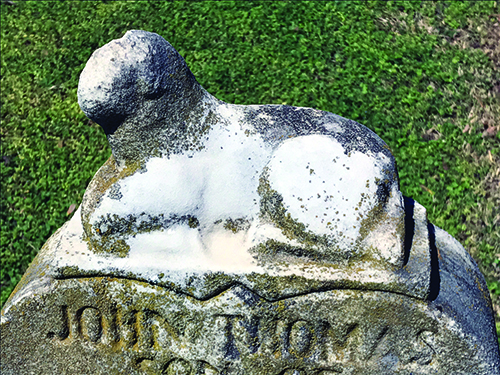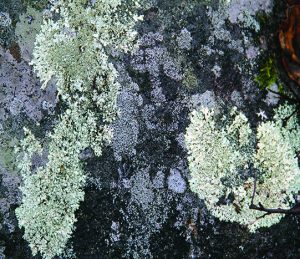
By Jim Brace-Thompson
Chemical erosion involves weathering done by interactions between chemicals in water (usually a dilute form of acid, as in acid rain) and in rocks or sediments, especially carbonate sediments like limestone that dissolve in acid. Such erosion is especially common in areas with abundant carbonate rocks and warm, wet conditions that facilitate chemical reactions, or oxidation.
The most vivid examples of chemical erosion are caves and sinkholes created in areas with a lot of underground limestone that ends up dissolving from acidic groundwater. Oftentimes, such caves are created by a combination of chemical and physical erosion as underground stream channels form, dissolving limestone sediments via both chemical and physical actions.
Air and Rock Interaction Activity

Chemical erosion sometimes also is caused by an interaction between air and rock, as when oxygen interacts with rocks containing iron, thus causing the iron to oxidize, or to become rust. This is often seen with iron minerals like hematite and magnetite. It also is seen with marcasite (a form of iron pyrite) that will disintegrate in the presence of oxygen-rich moisture, with the iron content turning to rust (iron oxide) and the sulfur content turning to sulfuric acid.
In addition, plants such as lichens that grow on rocks can produce weak acids that chemically weather and erode rocks. Such chemical erosion, whether from acids in rain or organic acids from plants, creates caves and cave formations and degrades man-made objects such as monuments and gravestones. Should you wish for future generations to bow before you, I suggest that you choose non-acidic granite—not marble—to mark your gravesite!














